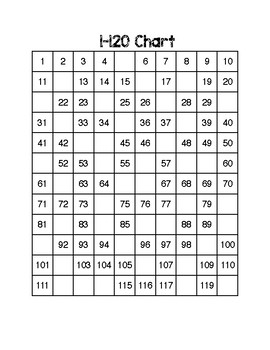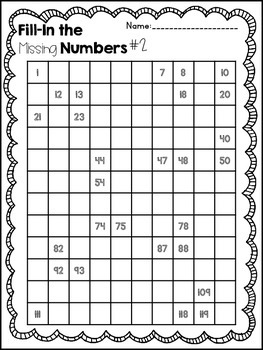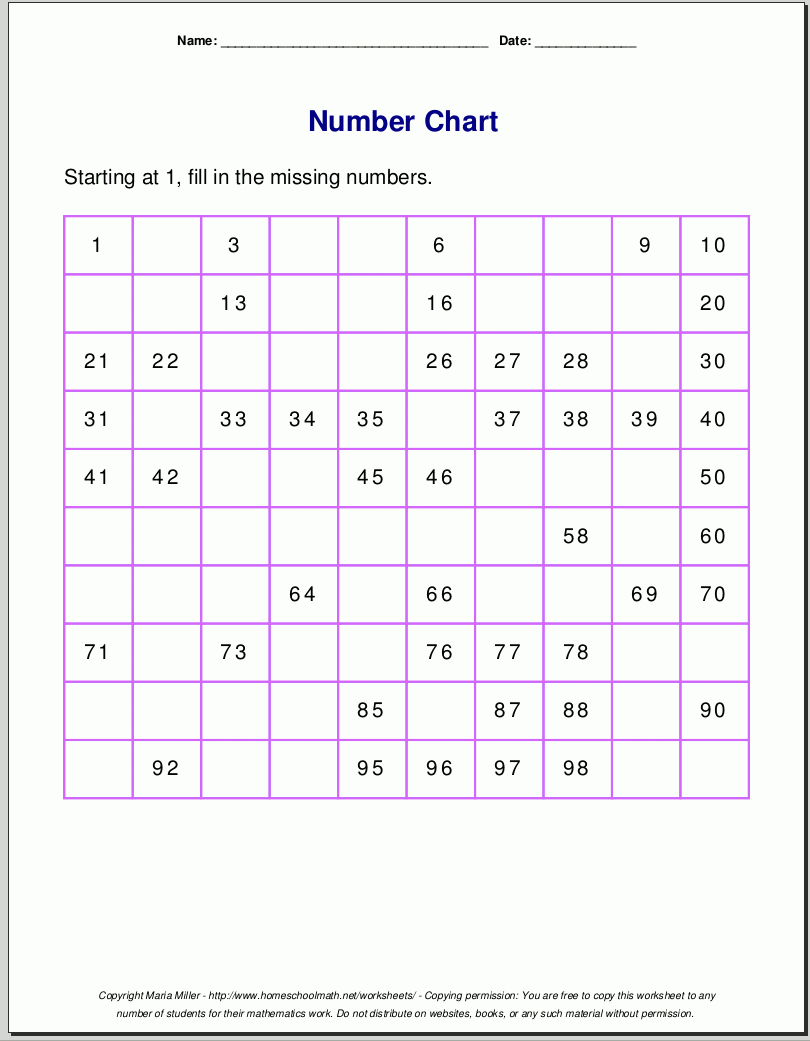
A stroke happens when there is a block in the flow of oxygen-rich blood to the brain, preventing that portion of the brain from getting oxygen. A block in the flow of oxygen-rich blood to a portion of the heart, preventing that portion of the heart from getting oxygen. When left untreated, high blood pressure can cause complications and, eventually, serious health problems, such as: In some cases, pregnancy can cause high blood pressure. Kidney disease, diabetes, and sleep apnea can increase the risk of high blood pressure. A lack of physical activity, smoking tobacco (including second-hand smoking), drinking too much alcohol, consuming too much salt (sodium) or too little potassium, and stress may increase the risk. Because there is more blood circulating, there is a higher pressure on the vessel walls.

This is because a higher volume of blood circulates through blood vessels to supply the cells with oxygen and nutrients. A person who is overweight or obese is more likely to develop high blood pressure.

Having a family member with high blood pressure increases the risk of a person developing high blood pressure in the future. High blood pressure is more common in African Americans than Caucasian or Hispanic Americans. Men are more likely to have high blood pressure before the age of 55, but women are more likely than men to have the condition after the age of 55. Blood pressure is usually higher with age. The following risk factors increase a person’s risk of high blood pressure: This condition develops gradually over many years and may go unnoticed for a long time, as there are often no symptoms. High blood pressure or hypertension is when a person has abnormally high pressure against the walls of their blood vessels. Share on Pinterest Gender and age may increase a person’s risk of high blood pressure. Its measurements are also called blood pressure readings. These updated guidelines are likely to place 46 percent of Americans in the category of having high blood pressure.īlood pressure is always measured when the person is at rest and over several days. Stage 2 hypertension: a systolic pressure of at least 140 or a diastolic pressure of at least 90 mmHg.Stage 1 hypertension: a systolic pressure of between 130-139 or a diastolic pressure of between 80 and 89 mmHg.Elevated blood pressure: a systolic pressure of between 120-129 and a diastolic pressure of under 80.Normal blood pressure: under 120/80 mmHg.The first number is the systolic pressure and the second is the diastolic pressure.Īccording to the American College of Cardiology’s (ACC) updated 2017 guidelines, the current blood pressure categories are: These measurements are given as millimeters of mercury (mm Hg). When a person receives their blood pressure results, they will see two numbers that represent the diastole and systole measurements.


Share on Pinterest Normal blood pressure will be under 120/80 mmHg. When the heart relaxes between beats and refills with blood, the blood pressure drops.When the heart pushes blood around the body during systole, the pressure placed on the vessels increases.The oxygenated blood then travels to the left side of the heart and is pumped to the rest of the body.ĭiastole and systole affect a person’s blood pressure differently, as follows: The deoxygenated blood that comes back from the body to the right side of the heart is then pumped through the lungs where it picks up oxygen. Then, the ventricles contract, which forces the blood out of the heart. The cycle begins when the two atria contract, which pushes blood into the ventricles. To pump the blood around the body, the heart contracts and then relaxes over and over again in a cycle called the cardiac cycle. They pump the blood out of the heart to the rest of the body. The two lower chambers are called the ventricles. The two upper chambers of the heart called the atria receive the blood that is entering the heart. It is divided in the middle into a right and left side, and each side is divided further into two chambers - the upper and lower chambers. The heart is a pump composed of four chambers.


 0 kommentar(er)
0 kommentar(er)
